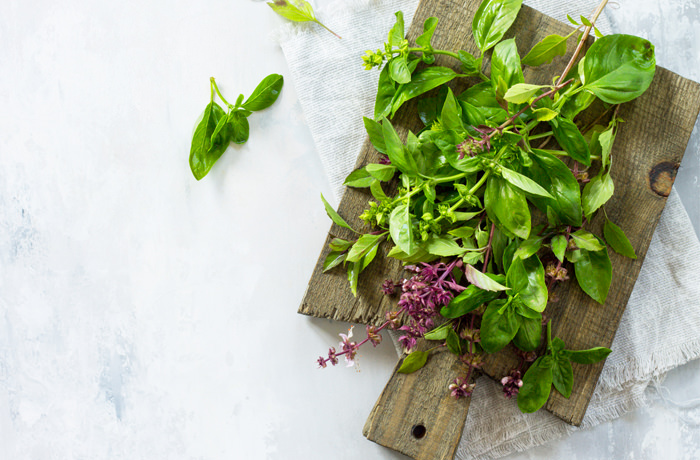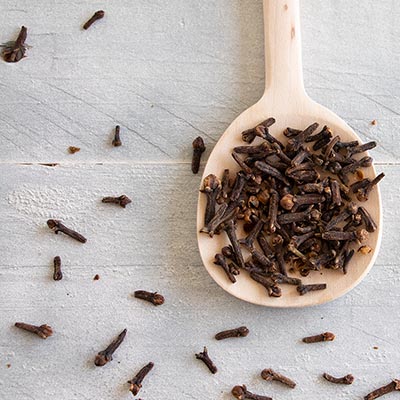Anis or Pimpinella anisum in Latin, belongs to the family of the umbellifers. It is also known as Roman fennel, but its origin is more likely in Egypt. The Latin term anisum goes back to the Greek word dill. However, this was only a confusion.
The annual herbaceous plant reaches a growth height of about 10 to 60 centimetres. The foliage of the anise plant appears in heart-shaped basal leaves and delicately feathered leaves, which sit on their slightly hairy stems. The twelve-pointed umbels have a diameter of about six centimetres and produce small white flowers, each with five petals, from which seed-like fruits develop towards the end of summer. The whole plant is very aromatic.
Today the spice is mainly cultivated in South and Southeast Europe, North Africa, Asia, Central and North America. The dried fruits (seeds), which are harvested from August to September, are used for seasoning.
Not to be confused: Even if they have a similar name, the well-known star anise belongs to a different plant family than the anise. Their only common feature is that they both contain the essential oil "Athenol" and have a similar spicy aroma. It should be noted, however, that star anise is sharper in the finish and uses slightly less of it.
Flavour of Basil
With its mediterranean note, basil is an essential ingredient in any Italian cuisine!
The strong-smelling plant can be described as sweet-spicy and pleasantly biting peppery in taste. If you dry its leaves, it loses a large part of its taste and becomes a little harsher. Basil leaves are often used as a pepper substitute because of their sharp note, which is why it is also called "German pepper".
Usableness of Basil
Aromatic basil can be used in many ways. Whether fresh, dried, rubbed or freeze-dried - it goes well with many dishes such as salads, soups, vegetables, meat and fish. However, it is unbeatable when used with tomatoes.
A small hint: basil is never cooked with the food - this destroys the aroma. Always add the basil to your dishes at the end of cooking time.
In addition, basil is a good source of vitamin K, calcium, iron and beta-carotene.




















